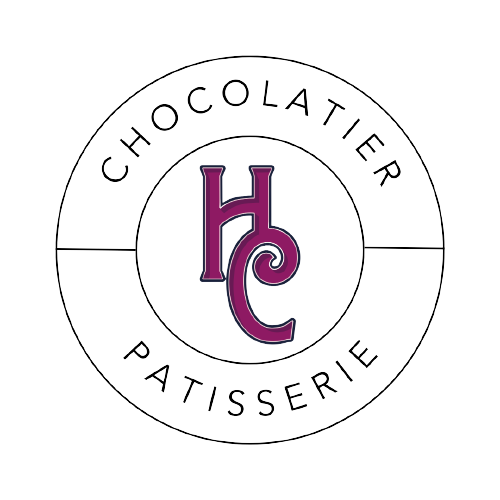Chocolate
The Origins of
Once upon a time, there was a magical bean known as cocoa in a land far, far away. . .
The ancient Mayans and Aztecs regarded this bean as having god-like powers and used it in religious ceremonies.
They ground the beans into a paste, mixed it with water, and drank it as a bitter, frothy drink. They had no idea they were onto something big.
After a few centuries, the cocoa bean arrived in Europe. The bean did not impress the Spanish conquistadors, who discovered it while pillaging and plundering in the New World. They thought the drink was too bitter and not sweet enough. But, being the resourceful people that they were, they added sugar to the mix, resulting in the world's first chocolate drink. It quickly became popular among the European elite, who considered it a luxury item and kept the recipe a closely guarded secret.
But the secret was soon revealed, and chocolate houses sprang up all over Europe, where the wealthy would congregate to sip their chocolate drinks and gossip. Chocolate arrived in the Americas in the 18th century, where colonists welcomed it and quickly became a household staple.
Chocolate's popularity skyrocketed during the Industrial Revolution. With the development of new machinery, it became possible to mass-produce chocolate, making it more accessible to the general public. In the early 1800s, the first chocolate factory was established in Switzerland. Chocolate factories sprouted up across Europe and America.
But let us not forget the humble cocoa farmers who have grown the beans for centuries. They did not benefit from the chocolate boom because they were paid so little for their crops. Cocoa farmers began to receive a fair price for their beans in the early 1900s when organisations such as Fairtrade were established.
Chocolate became an important part of popular culture as the twentieth century progressed. Chocolate bar and candy advertisements began to dominate billboards and magazines. Milk chocolate, which is smoother and creamier than dark chocolate, increased its popularity. Chocolate was given as a gift, and it was used in desserts and confections.
However, with the rise of health concerns, chocolate has experienced ups and downs. Chocolate's sugar and fat content have been criticised, leading to healthier alternatives such as dark chocolate and sugar-free chocolate. But let's face it, who can resist a good old-fashioned chocolate bar?
Chocolate is now enjoyed all over the world, with different countries putting their own spin on it. Chocolate has become a beloved treat in all of its forms, from chocolate-covered fruits and nuts in Europe to chocolate-covered insects in Asia (yes, you read that correctly).
To sum up, cocoa and chocolate's history is long and delicious.
It's a story of discovery, innovation, and, most importantly, enjoyment, from the ancient Mayans and Aztecs to today's chocolate factories.
So, treat yourself to a piece of chocolate (or two or three). You've earned it!






